Link Building for Local Projects Worldwide

Link building for local projects is a complex process, especially when dealing with local businesses in international markets. Certain mistakes in link building can result not only in a drop in search rankings but also in significant damage to a brand’s reputation.
The key principle of link building for a local website is: «Extreme caution is the foundation of success». Every stage must be approached with precision and care. Additionally, be prepared for substantial investments — both in time and finances.
In this article, we will break down the essential stages of link building for local businesses in international markets and identify the most effective methods for acquiring links that are proven to deliver results.
- Optimizing a Local Business Website as the Foundation for a Future Strategy
- A Snapshot of the Website’s Metrics Before Starting Local Business Promotion
- We Identify and Analyze the Competitors of a Local Website
- We Select Effective Link-Building Methods for Local Sites Targeting International Markets
- Conclusion
Optimizing a Local Business Website as the Foundation for a Future Strategy
In almost every article about link promotion, I emphasize the importance of internal optimization and thorough verification at the start. Many consider this step trivial and obvious — after all, few would promote an unfinished website. However, in 80% of cases, we overlook basic mistakes.
The first priority when promoting a local business is ensuring that contact information is up to date and that all website functions work correctly. Specifically:
- Phone numbers, email, and physical addresses – Ensure that all contact details are accurate, easy to find, readable, and user-friendly.
- Functional contact forms – Provide clients with a quick and simple way to reach your team.
- Integrated map with precise location – The map should be user-friendly, detailed, and include clear landmarks.
- Comprehensive directions – Video directions, filmed from a first-person perspective, have become increasingly popular, making it significantly easier for clients to locate your business.
- Up-to-date operating hours – Regularly update business hours on the website, even for minor changes.
- Updated and visible notices and policies – For example, «No more than 15 people allowed in the hall», «Takeaway and pre-orders only», etc.
- Comprehensive delivery information – The delivery page should be concise in design, straightforward in presentation, and detailed in content, leaving no room for confusion.
- Added Photo and Video Materials – Upload as many high-quality photos and video reviews as possible to attract visitors and build trust through transparency. For example, if someone plans to visit a coffee shop, an ideal approach would be to showcase the seating area, bar counter, kitchen, and even restrooms to highlight cleanliness and compliance with sanitary standards.
- Special Accommodations – If you offer tailored services for specific clients, clearly state them on the website. Indicate if your establishment is pet-friendly, accommodates small children, or is accessible to individuals with disabilities, along with a description of the available amenities.
- Legal Documentation – A local business website should feature relevant legal documents, such as certificates, licenses, and permits.
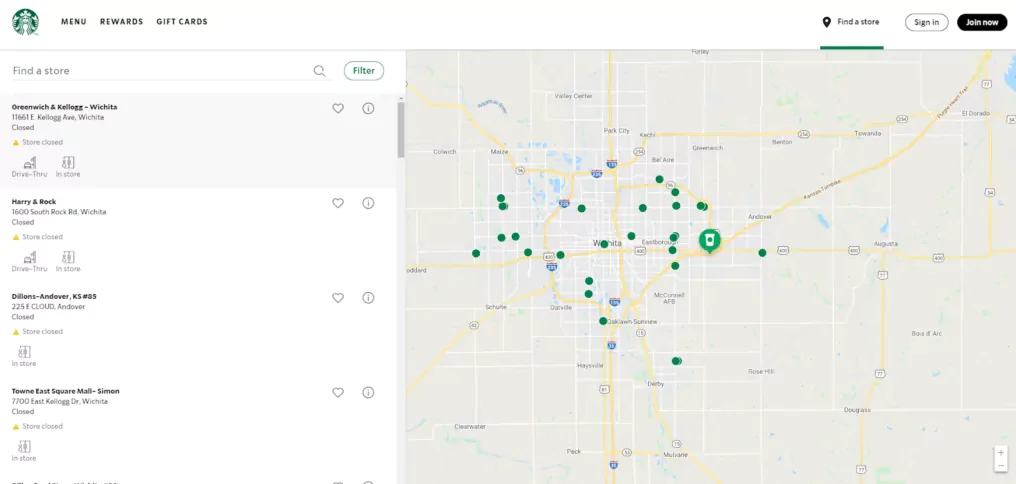
Once you are sure that the information on your site is complete and the functionality works correctly, you can begin the technical check.
For this, I typically recommend using the free SEO checklist on the Collaborator website, as well as the free SEO audit service from Sitechecker.
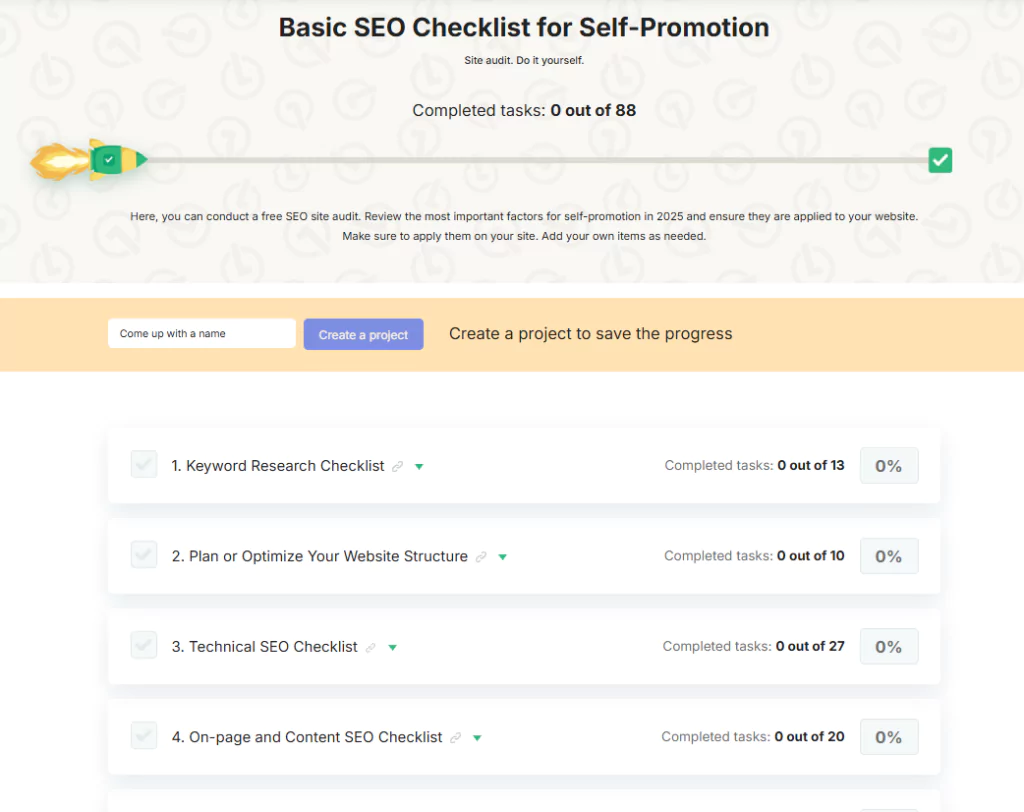
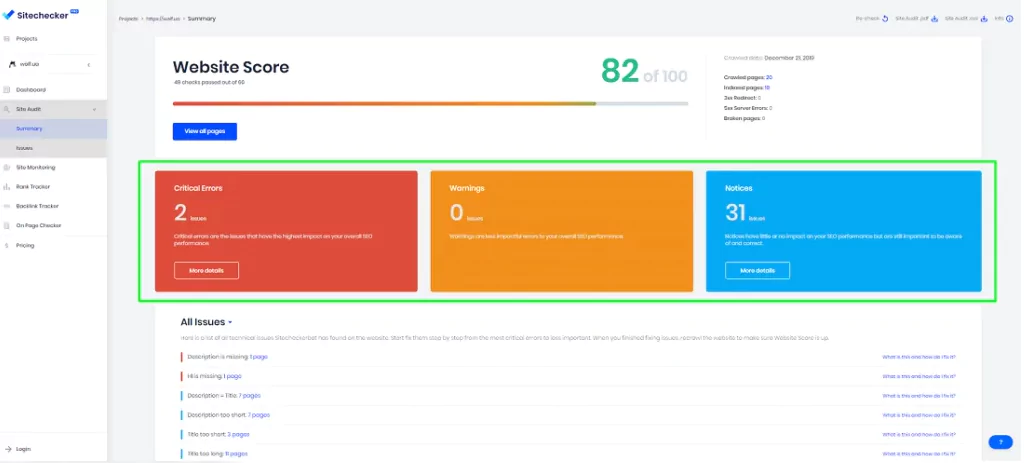
Sitechecker will not only show you the number and types of existing errors but also provide guidance on how to fix them properly.
These two methods differ in that, in the first one, we manually check the site for compliance with all SEO standards, whereas in the second, the tool performs this task for us. I recommend using both methods since we are preparing to promote a local business, and this requires more thorough preparation.
A Snapshot of the Website’s Metrics Before Starting Local Business Promotion
If you have previously engaged in link promotion, then you need a snapshot of your SEO metrics. This will help not only track the effectiveness of your link building strategy but also identify any mistakes or shortcomings. This way, we can address issues promptly and prevent a decline in performance.
I recommend using Ahrefs for this purpose. We are primarily interested in:
- DR (Domain Rating). A good website should have a DR of at least 10.
- Number of backlinks and unique domains. The more unique backlinks we have from quality referring domains, the higher the trust search engines place in the site.
- Link profile dynamics. The key is to avoid a sudden loss of backlinks, as this could trigger penalties from search engines.
- Anchor list. Remember that commercial anchors should be written carefully. If your site is new, it’s better to follow the 80/20 or even 90/10 ratio, where 20 and 10 are commercial anchors, and 80 and 90 are non-anchor links.
- Link type distribution. A natural link profile for a website should include links of different types. You shouldn’t focus solely on dofollow links.
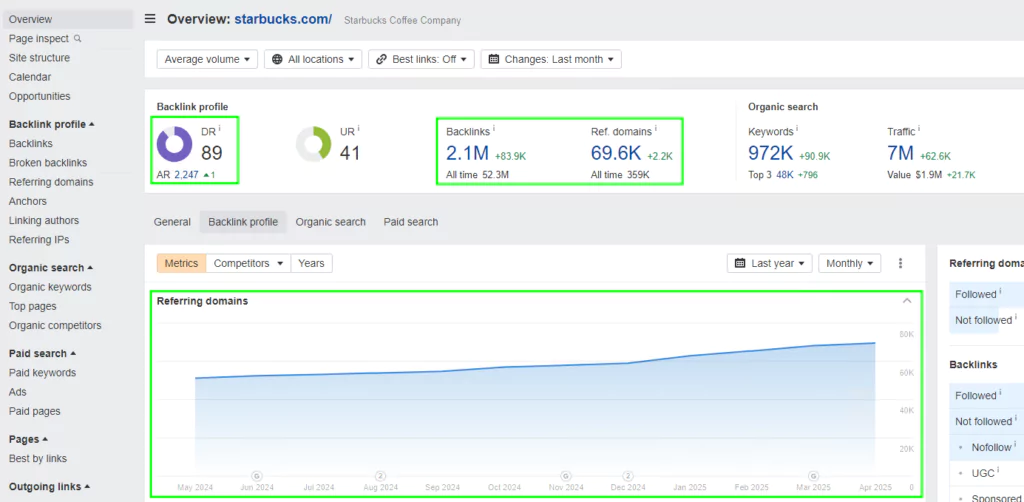
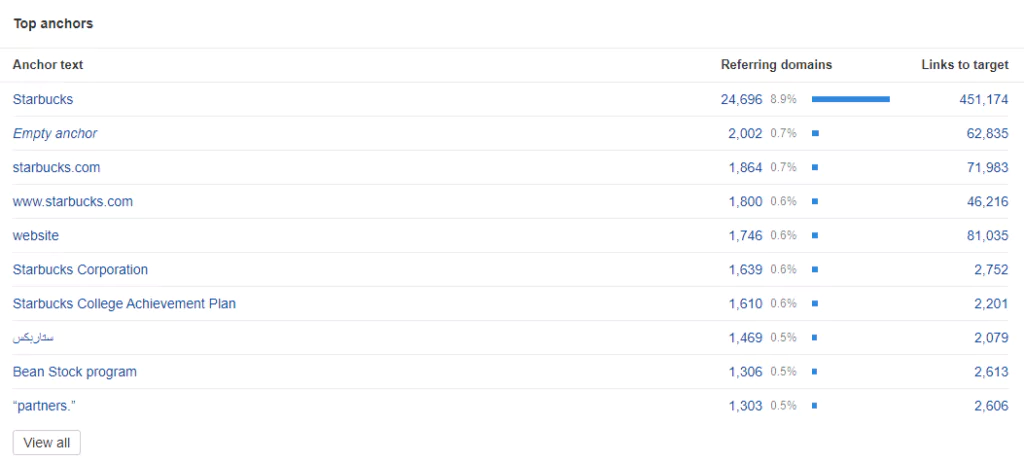
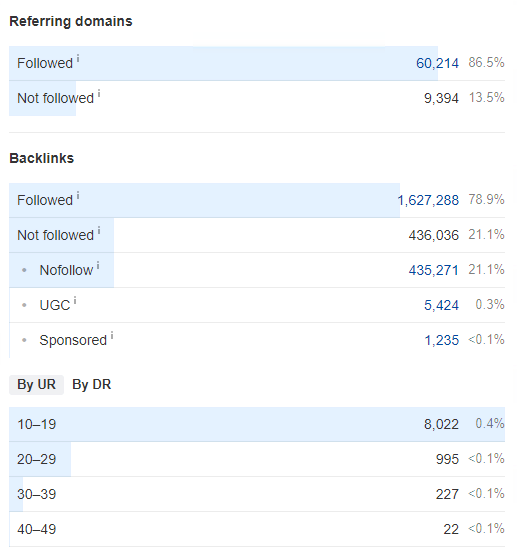
In Ahrefs, all metrics can be exported in a convenient format.
We Identify and Analyze the Competitors of a Local Website
What does SEO analysis of competitors give us? Almost everything. With proper selection of competitors, you can determine effective ways to promote a local site, find several dozen or even hundreds of high-quality donors for link placement, develop a comprehensive content plan for guest posts, determine the reference number of links for promotion, and much more.
But the key phrase is «with proper selection». Many local website owners prefer to consider large businesses their competitors. For example, a small coffee shop may consider Starbucks its direct competitor.
Such competitors will be of little use. It’s always worth relying on young companies that have achieved success in a short amount of time.
We Select Effective Link-Building Methods for Local Sites Targeting International Markets
There are more than 60 methods of link promotion for websites. However, not all of them are suitable for promoting local businesses. Below, we will explore three key pillars of link building that will undoubtedly help you achieve your goals.
Local directories and mapping services
Catalogs for local businesses are irreplaceable. You can start your promotion with them. First of all, pay attention to Google My Business.
Creating a company profile in this directory not only provides a link from a trusted source but also boosts the trust in your company from both Google and your target audience.
It is important to add the following to catalogs and maps:
- Detailed information. The more detailed the information about you, the better the search engine will perceive you.
- Current contact details. For local businesses, this is a must.
- Work schedule. If the catalog or mapping service requires it.
- Visual elements. Logo, photos, videos — anything that helps introduce your company.
- Links to social media. In the modern world, this is essential.
- Active link to the site. Be sure to check it after posting.
- Landmarks and distances to them (metro, public transport stops, attractions, shopping centers, etc.).
- Reviews. Most catalogs and mapping services have a section for reviews about the company. Regularly monitor them and respond to users promptly. This is how we earn loyalty.
- Peculiarities. Availability of parking, free WiFi, etc.
- Price. On some platforms, a price list or at least a price range is required.
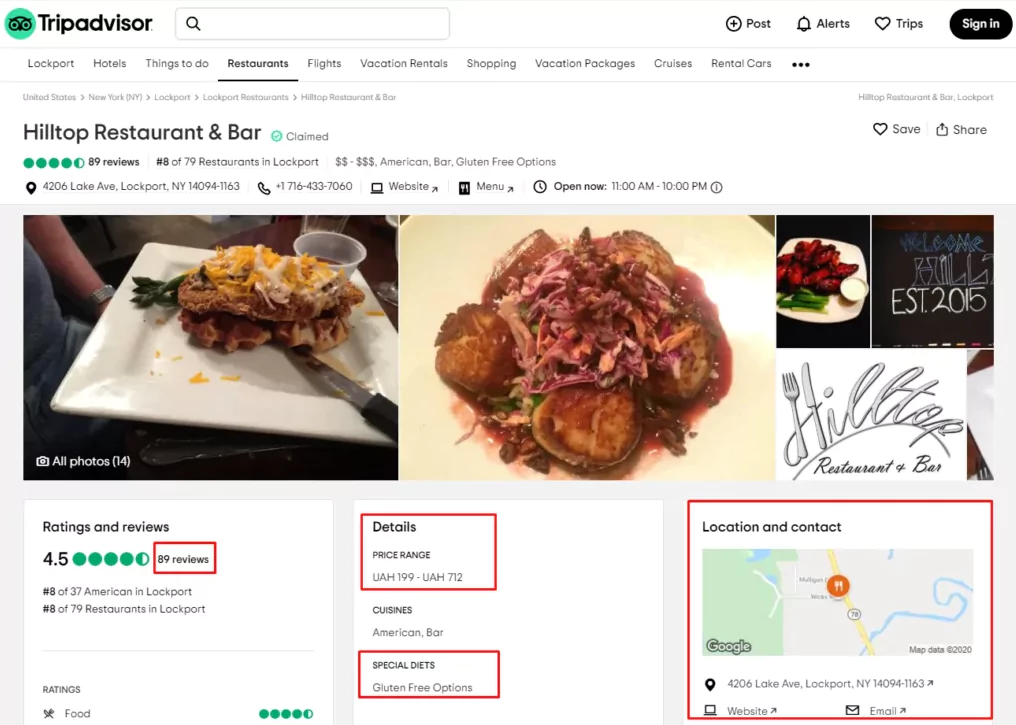
Outreach and Guest Posts to Promote Local Business
Another effective method of link promotion for a local website is outreach. It allows you to acquire high-quality links from almost any donor (if the donor places third-party links at all).
I combined outreach and guest posts because, to post a guest article, you will have to communicate with the site owners.
To get a response, follow a few simple rules:
- Enter the subject of the email. Write it in such a way that the owner or representative of the site understands the purpose of the email.
- At the beginning of the email, briefly introduce yourself (name, position, and what your company does). This helps establish contact.
- Describe your request. How would you like to interact with the site, what can you offer in return, and what content you wish to provide.
- Benefits for the site. Show the site representative the advantages of working with you. This could be mutual promotion or knowledge sharing.
- Ask a leading question. End your email with a question. This will motivate the recipient to respond.
- Attach a footer with additional contact information to your email. The site owner might find it more convenient to call, message via a messenger, or reach out on social media.
And remember, it’s not only important to carefully choose the platform for placing the link but also to prepare truly interesting and unique content. Whether it’s a guest article or a press release, the surrounding text should align with the site’s theme and offer undeniable value to the audience.
Link Insertion for Local International Sites
Link Insertion is a link-building strategy that involves placing a link on an existing page that has authority, traffic, and ranks in Google for key queries. These links are more difficult to obtain than guest posts, but they can lead to faster growth for the site.
Forum Links for Local Projects
Forum links are an effective method. With the right approach, they yield good results.
However, before you start implementing, keep in mind a few nuances:
- Select donors based on the topic of discussion, not the site’s theme, but the actual discussion itself.
- Traffic of 9-10K visitors per month. And here, we’re not talking about search traffic or unique visitors. Setting such strict requirements for forums and Q&A sites might limit the number of platforms available for placement.
- A well-prepared author profile. It should be fully completed, have between 10 and 20 neutral posts, and be at least 2 weeks old before the publication of the target post with the link.
- Try to add a picture, video, and links to third-party resources to your post. This will attract more attention.
- Do not enter into conflicts or disputes with discussion participants. Keep in mind your reputation.
- Provide only verified information. Avoid exaggerating or attracting clients through deception.
- Do not shy away from repeated placements on platforms. The key is that the discussion is relevant.

Conclusion
In international markets, besides links, you need to build a positive reputation for the company.
I recommend not limiting yourself only to the methods you found in the article. Add new ways to acquire links to your strategy and experiment. Don’t forget about the quality of both content and link donors.




